Want to visit Peru?
Are you trying to plan your next trip? Is Peru on your list and you don’t know where to start from? We’ve been just like you few months ago, so we hope this comprehensive list will be a good starting point. And don’t worry, there’s more to come- detailed impressions of each attraction and our detailed itinerary. Without further introduction, let’s get started.
1. Visa
Citizens of all countries within the European Union can visit Peru without having to apply for a visa at an embassy or consulate beforehand. A passport valid at least six months with at least 2 free pages in the visa section is enough to get a Tourist Visa (actually it’s only an entry stamp) directly at the border or the airport. Cheap and convenient.
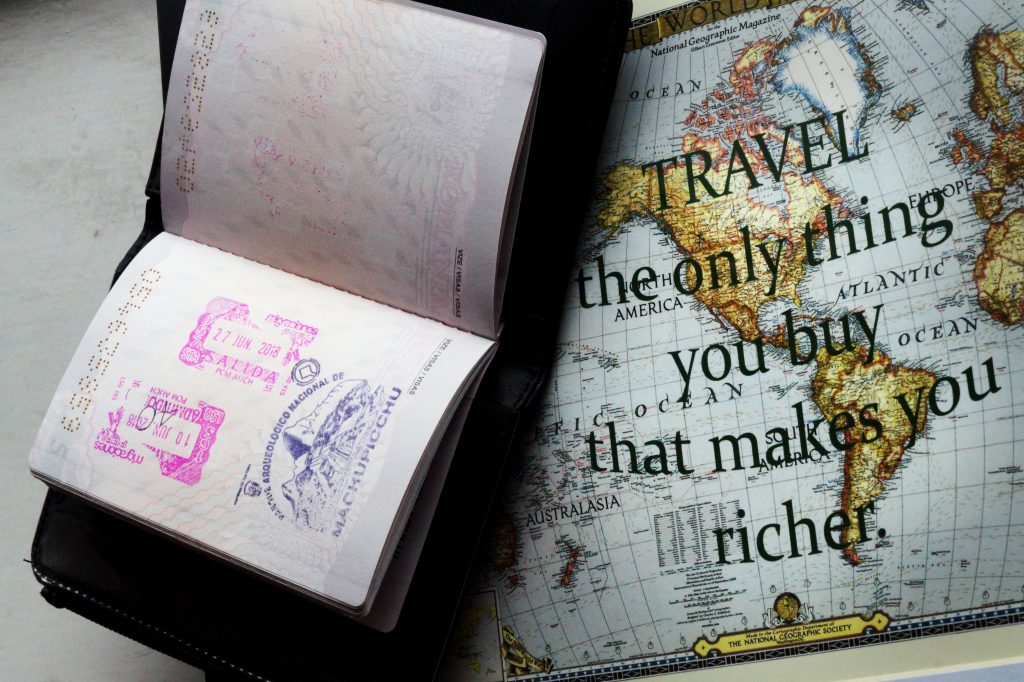
2. Healthcare
Don’t underestimate the importance of vaccination, especially if you’re planning to stay with locals and sleep on one of the Lake Titicaca’s islands. Make sure you consult your GP and let him know the itinerary and activities you plan to do. If possible, see your GP at least eight weeks before you are due to visit Peru. Some vaccinations need to be given well in advance to allow your body to develop immunity. We needed Tetanus, Hepatitis, Yellow Fever, Malaria and Rabies, but it all depends on what type of traveller you are, the length of your staying, and your medical history. Keep in mind that although some of these vaccines are free through NHS, you might have to pay for others.
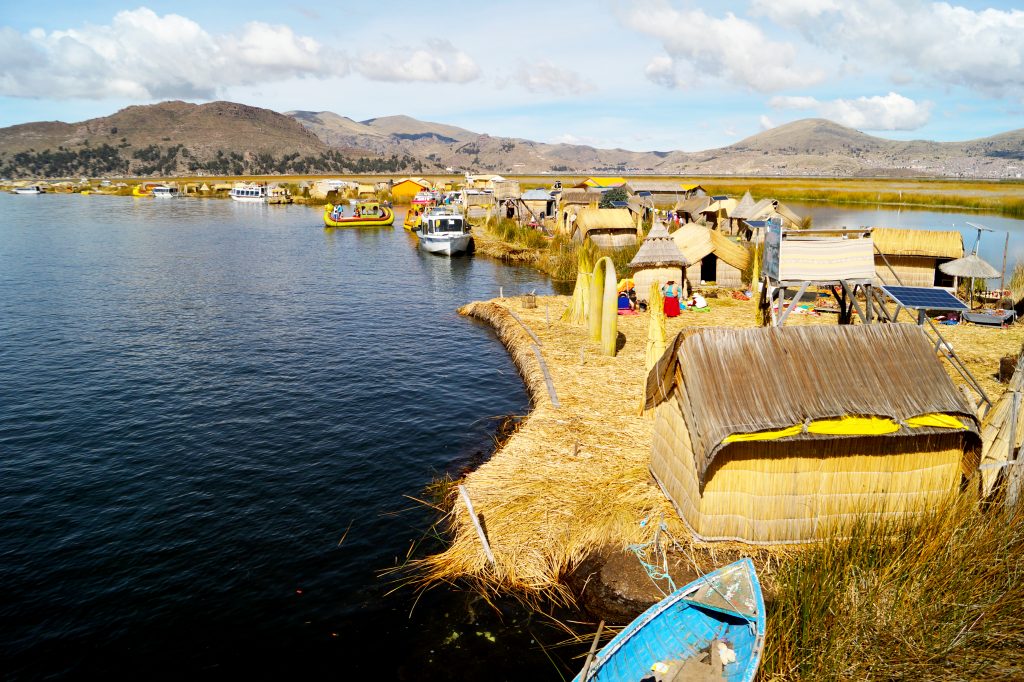
We have visited Peru in June, which is during the dry season. It was not too hot and some days were quite cloudy, but the sunscreen was still constantly present in our backpack. We have seen people with serious sunburns after hiking Machu Picchu, so don’t ruin your holiday by overlooking this aspect.
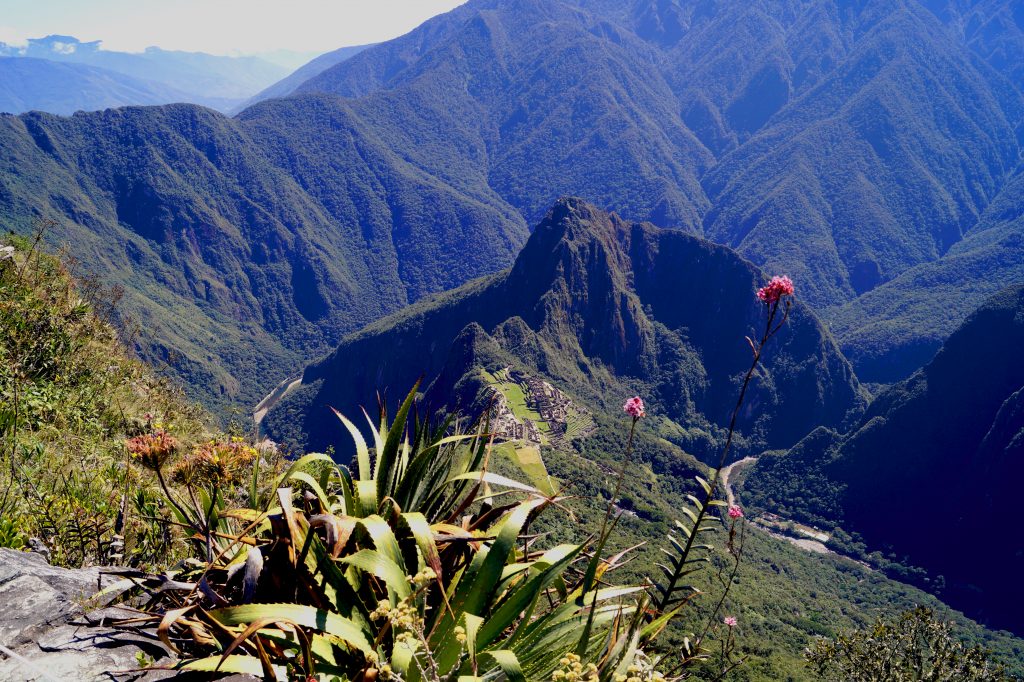
3. Altitude Sickness
Altitude sickness is a real thing when you visit Peru. Some might have just minor inconveniences, such as headaches, but others can have a lot more to deal with. You’ll find that most hotels will have oxygen tanks ready for such unfortunate situations. When planning your itinerary, keep this aspect in mind so you can acclimatise and gradually increase in altitude. This is why we don’t recommend flying from Lima (154 meters) straight to Cusco (3399 meters). We’ll dedicate an entire post just on this, so stay tuned to find out our whole itinerary.
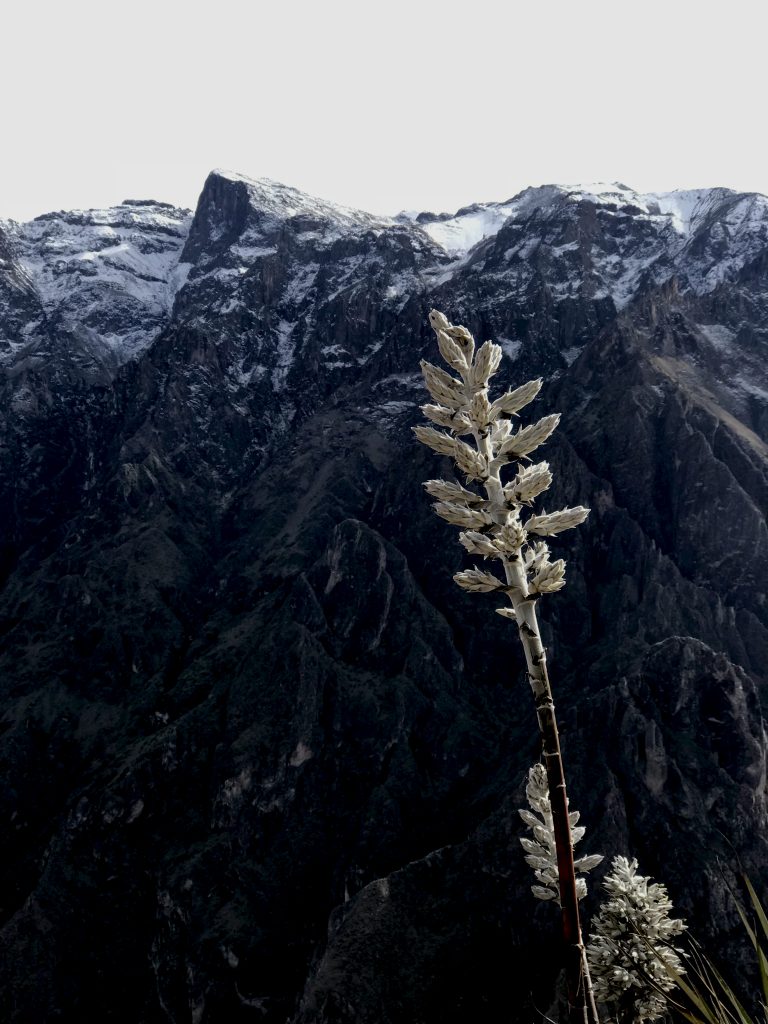
There is also medication available for the altitude sickness, but you need to get a prescription for it and you can’t find it in drugstores. We went in a travel clinic and decided to take the pills, but most of the tourists won’t do that. Some were scared by the adverse effects, others simply didn’t consider it necessary. You’re obviously free to make up your mind as to what would work better for you.
Either way, the natural remedies against altitude sickness will still mark your whole trip. You’ll have 2 best friends: water and coca. It’s essential to be hydrated, so drink plenty of water (3 L/day) as the low air pressure at altitude has diuretic effects.
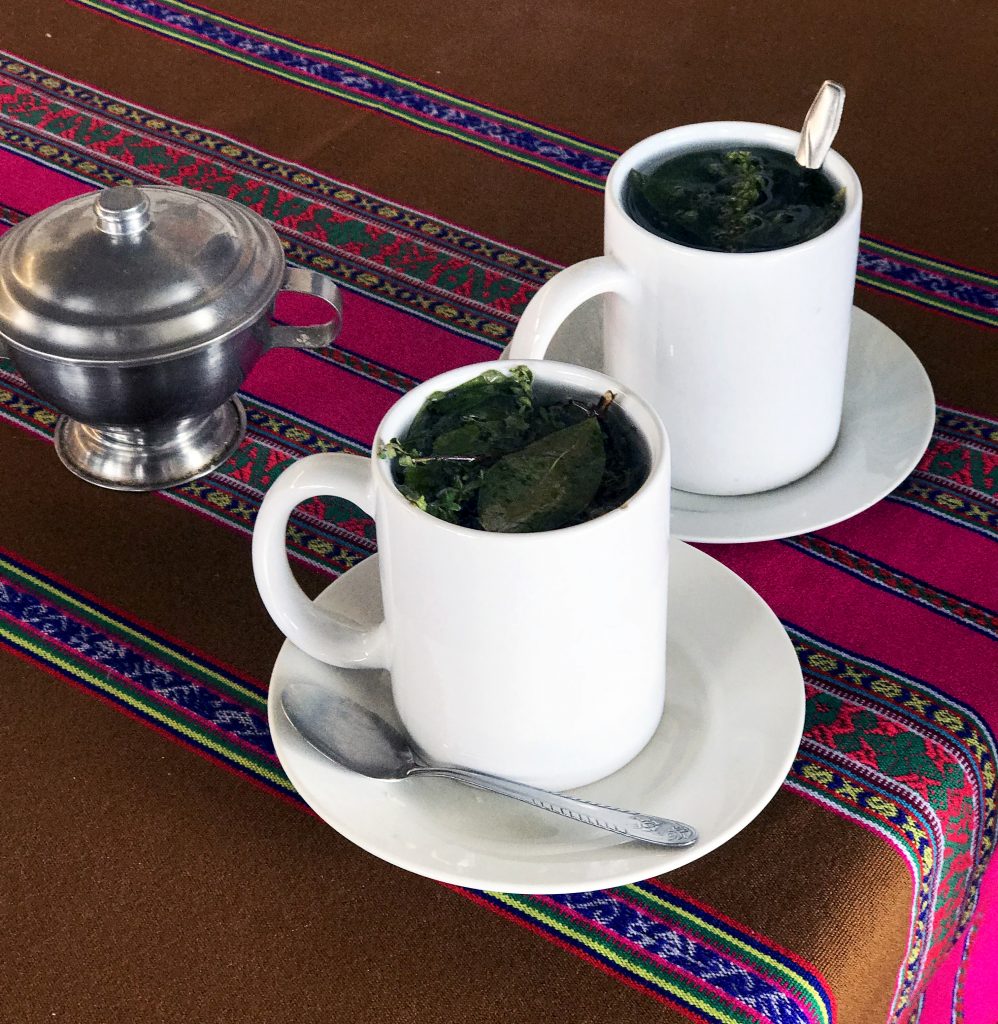
Coca leaves have been used for centuries to alleviate the altitude sickness symptoms and they have a huge cultural significance in Peru. Yes, that’s the same plant from which cocaine is derived and it’s speculated to be one of the Coca Cola’s secret ingredients. You can choose to chew the leaves, have some coca candies or simply have a coca tea. But don’t worry, the cocaine alkaloid content in a coca leaf ranges between 0,5 and 1,0 percent.
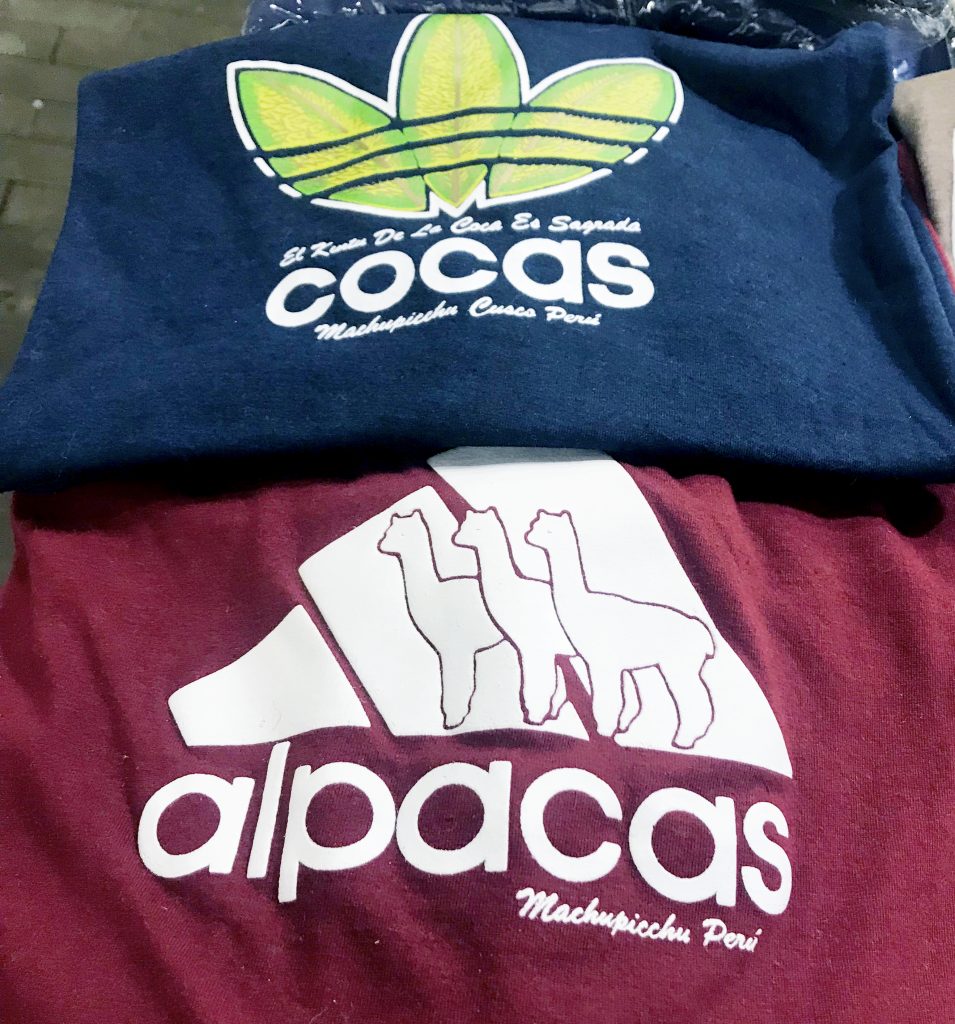
Lastly, we recommend you eat light meals, with high carbohydrates and low fat. Dine early to allow digestion time pre-sleep and try to minimise the consumption of alcohol.
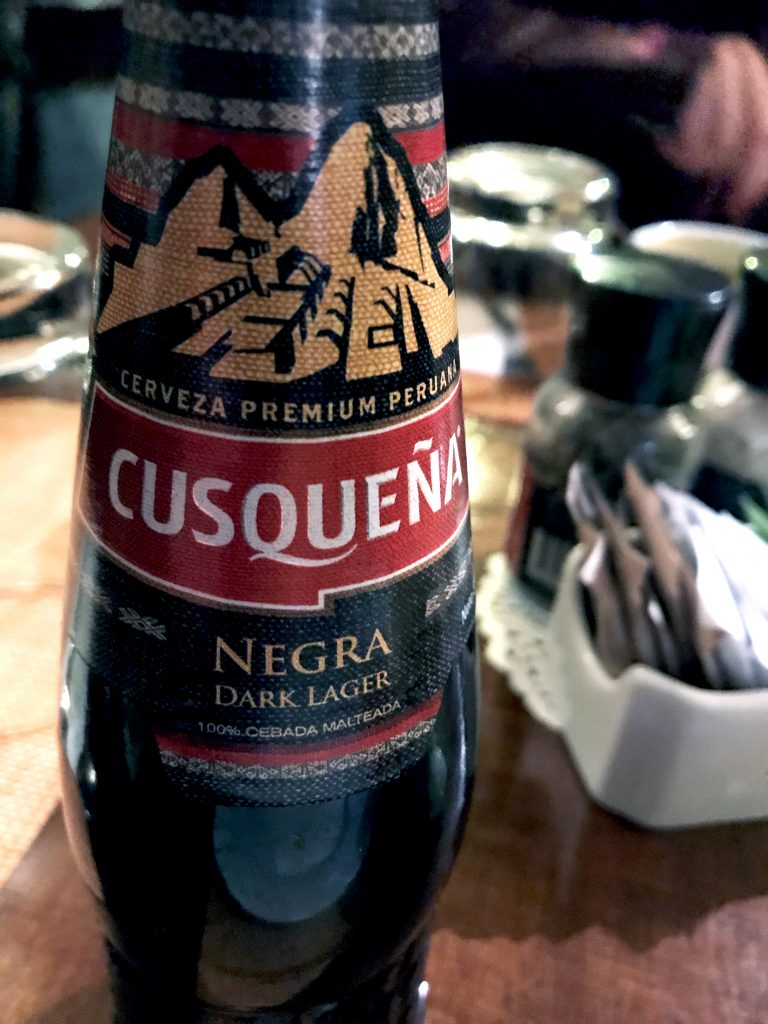
4. Layers
Technically, we’ve been to Peru during winter, but it can be chilly year-round due to its high altitude (which is practically half the country). This makes it important to pack layers and dress for warmth no matter where you’re going or what you’re doing. Peru is a climatically diverse country, ranging from desert dry to tropical lush to freezing cold. To put it in perspective, the temperature varied from 27 degrees to -2 degrees during our trip.
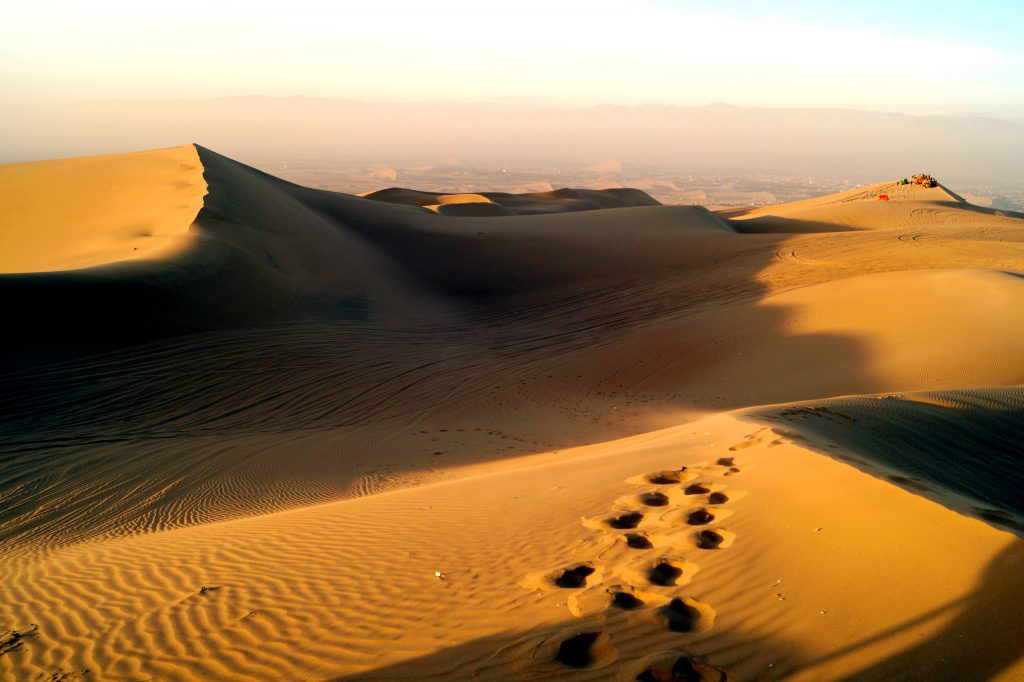
5. Bathrooms
We won’t go into many details for obvious reasons, but don’t be surprised when you see the trashcans in bathrooms. It’s a common practice even in the most expensive hotels and it has to do with the Peruvian plumbing. You must put all the toilet paper you use in these bins. While some toilets have signs stating this “rule”, others just assume you know it.
6. Roads
Our biggest surprise was the traffic aspect. At some point during planning, we’ve considered to rent a car. Well, I couldn’t be happier we changed our mind. Peruvians drive on the right side of the road, which makes an easy transition for most people. However, the reason why we would never ever rent a car there is because of the aggressive driving style. Everyone follows his own set of rules. Besides this, we had a great experience with the public transport. As long as you choose a reputable company, the bus looks more like an aircraft, the service is fantastic, your luggage is safe, and you can just sit and relax.
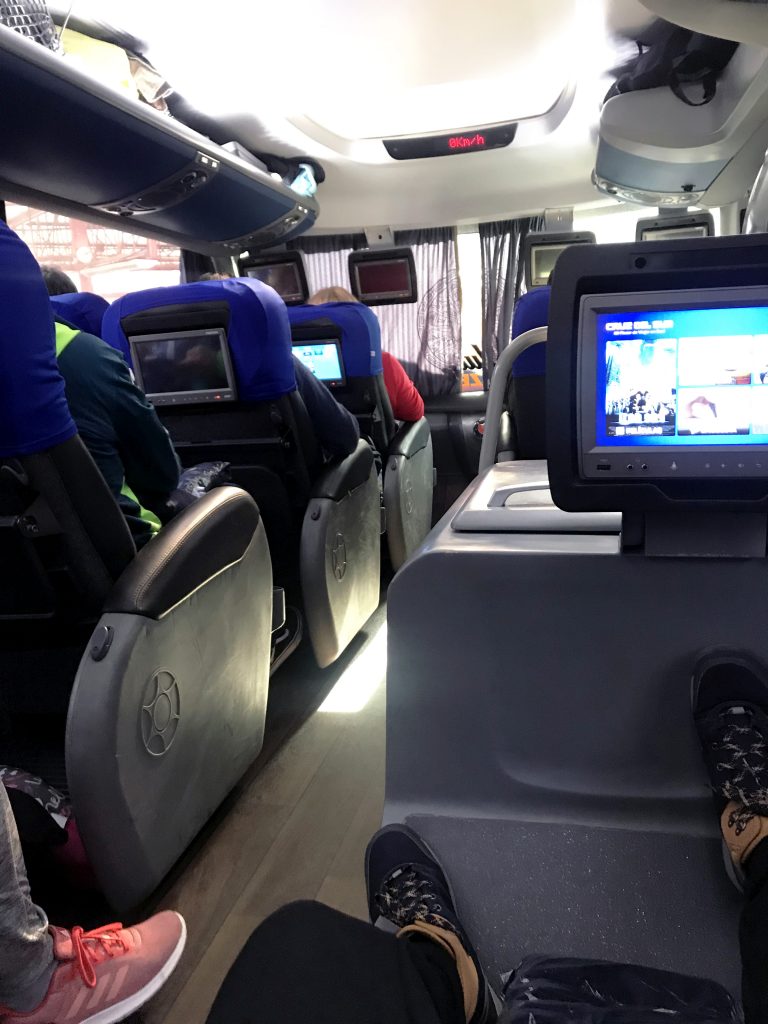
Peru is huge and sometimes you’ll have to spend 9 hours in a bus, driving from one place to the other. For us, this was part of the experience and you should make it part of yours too- it’s not only the destination that matters, but the whole journey. This is how we became friends with other travellers and we’ve actually even continued the rest of our itinerary with some of them. Another thing to bear in mind is the price. Transport is where a big lump of our budget went, from buses, trains, boats and internal flights, it was not cheap.
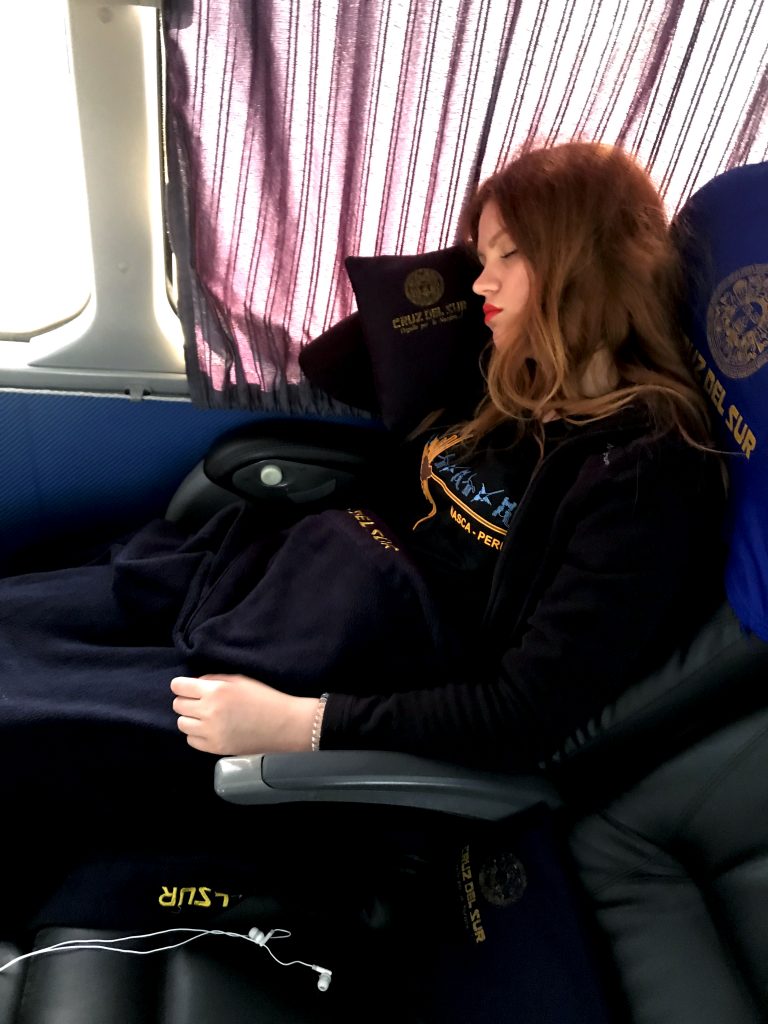
Lastly, I would definitely recommend buying your tickets in advance- not because that’s what we generally do (although yeah, I am quite a control-freak), but because they can actually sell out (especially the train to Machu Picchu if you travel between July and September).
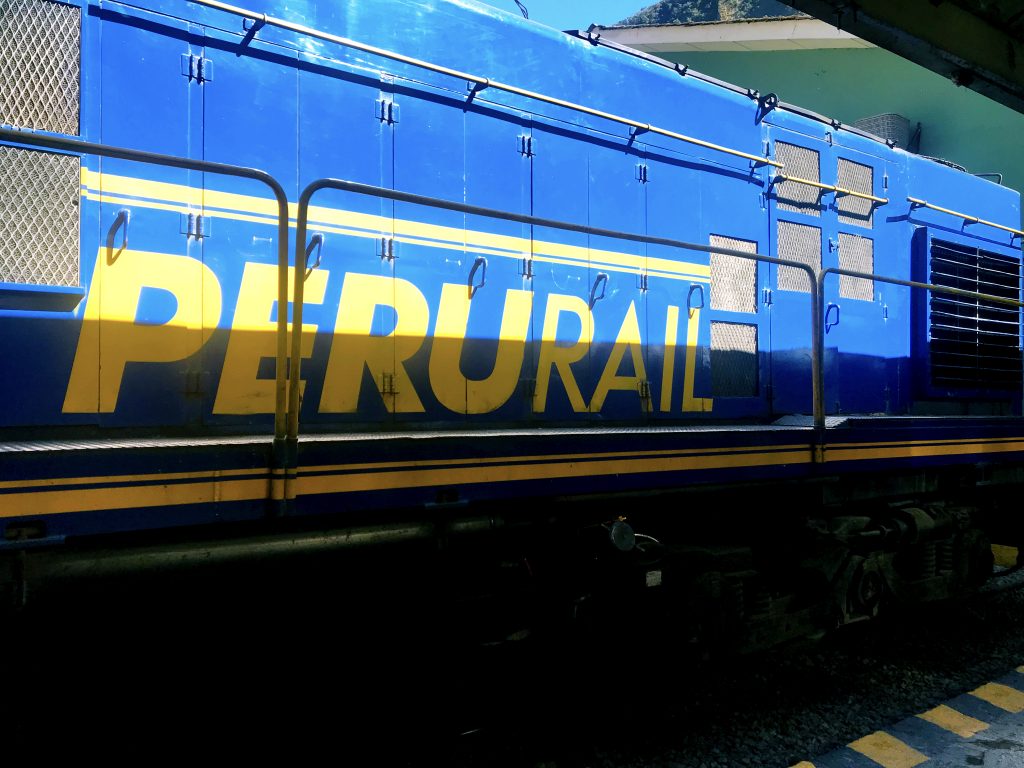
7. Local markets
Regardless of how long you’ll visit Peru, you need to find time for a trip to one of the local markets. That’s where you can really feel the authentic vibe- from dozens of types of corn to traditional garments. It’s preferable to bring cash with you (soles, not dollars) and get ready to practice your bargaining skills. They initially asked us to pay 140 soles for this poncho (43 $), but we’ve ended up paying 30 soles (9 $)- that’s 4 times cheaper! Also, don’t be fooled by ALL the sellers who will try to advertise things as being made from baby alpaca fur (the softest thing ever, but quite expensive). Where possible, try to purchase souvenirs from places with less tourists. Everything in Cusco costs at least double to what you’d pay in Arequipa, for instance.
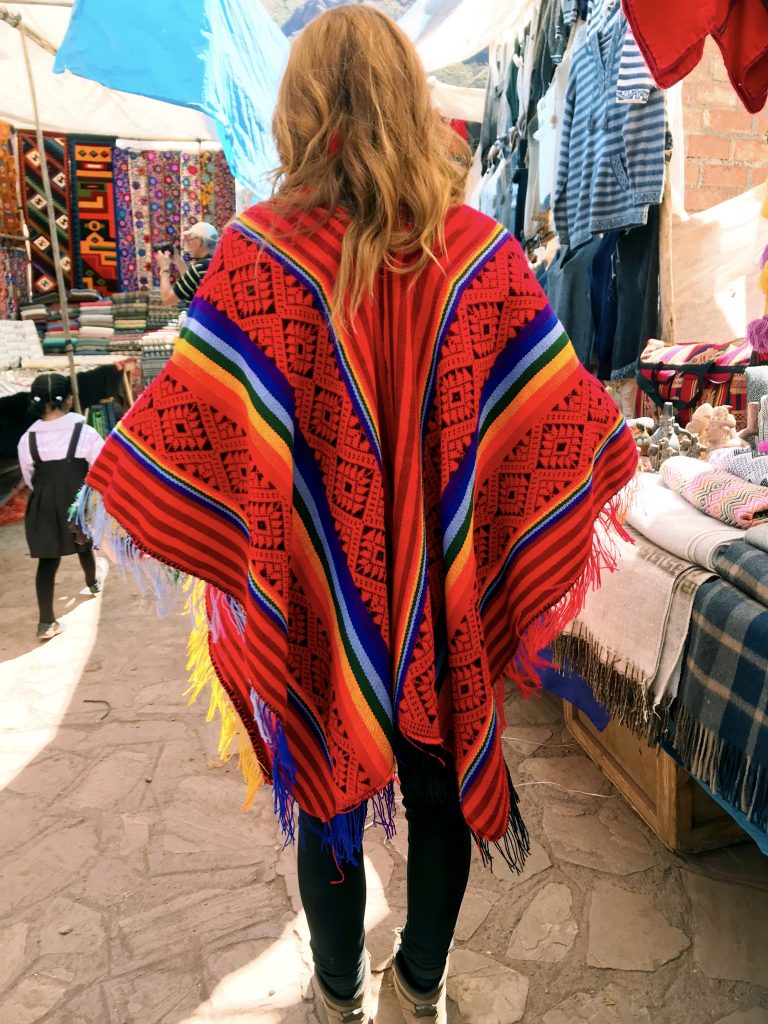
8. People, Photography and Language
This is by far the most amazing part of your trip. You want to discover this new culture, interact with people, find out their stories and capture everything through your camera lenses. However, what you don’t want is to be intrusive, so there are few things you need to keep in mind. Locals are generally shy and it’s simply polite to ask them for permission before taking pictures. Also, it’s common to leave few soles after taking a picture of them or of their lamas. No, this is not begging, they don’t ask for it, but why not encouraging locals to preserve their traditions? After all, tourism is the only source of income for many of them.
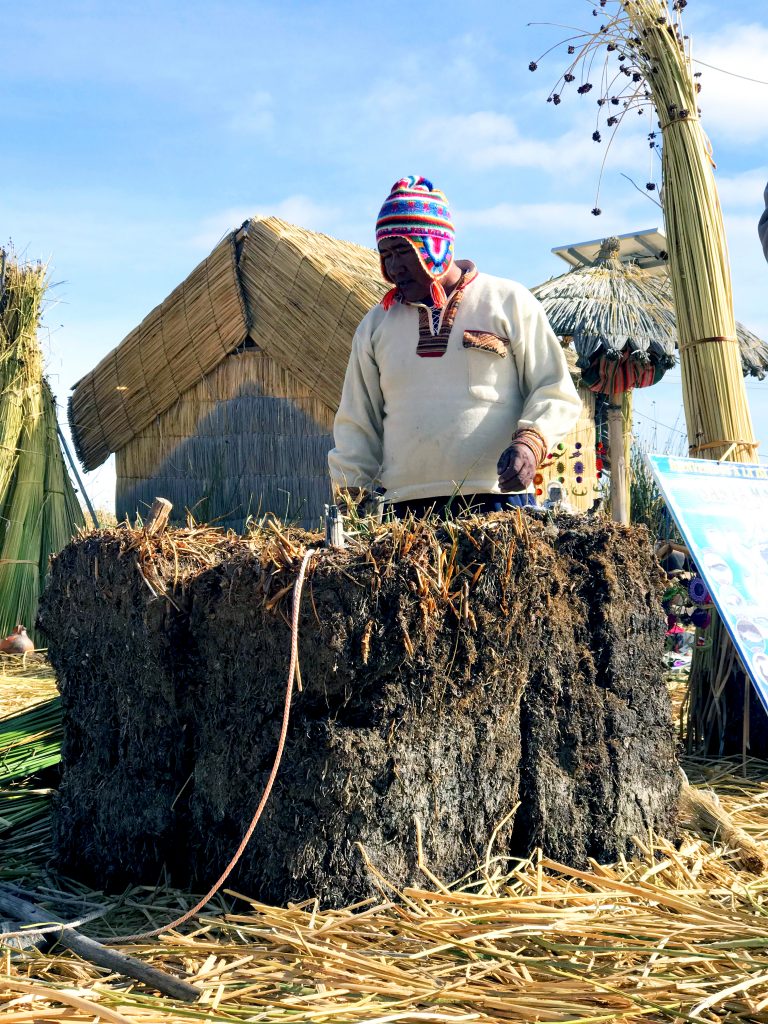
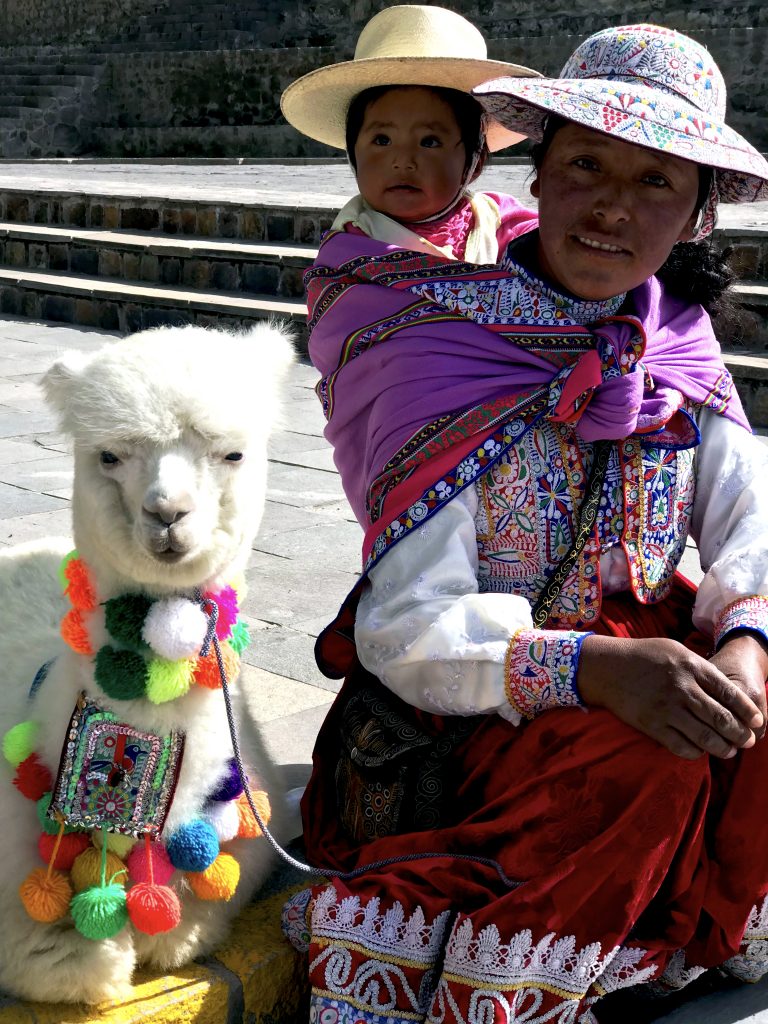
One thing we regret is that we didn’t take a basic Spanish course beforehand. However, we are working on it and we’re taking a Spanish course now. There are still so many things to be seen in South America and we’ve promised ourselves to improve this aspect until the next trip. We’ll let you know how it goes.

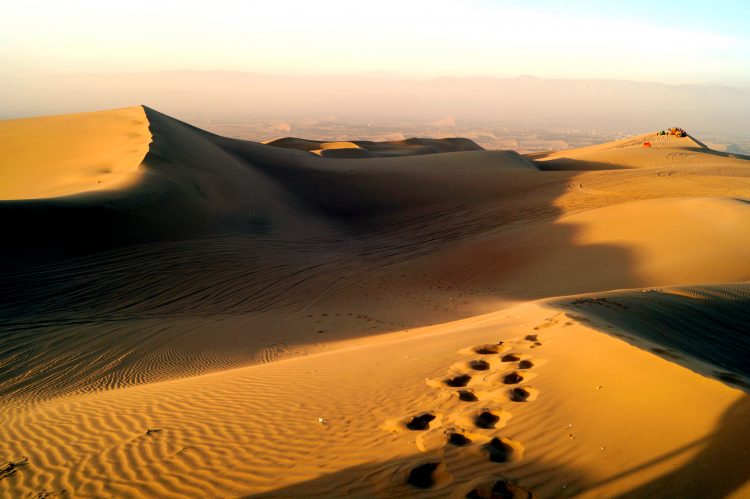
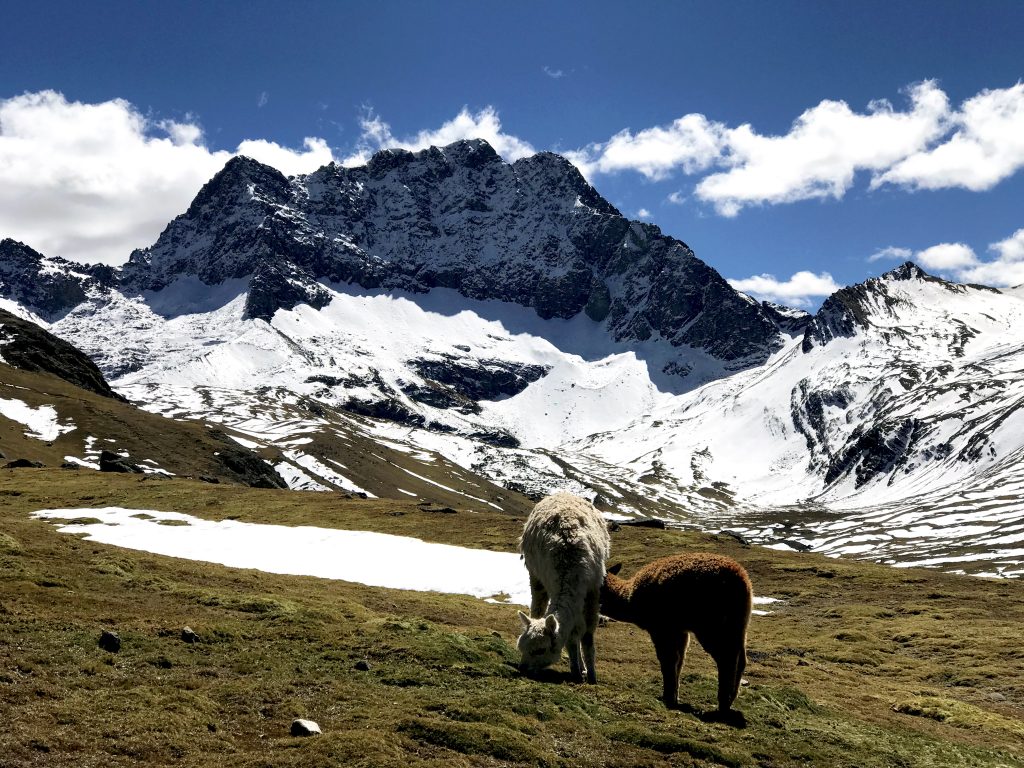
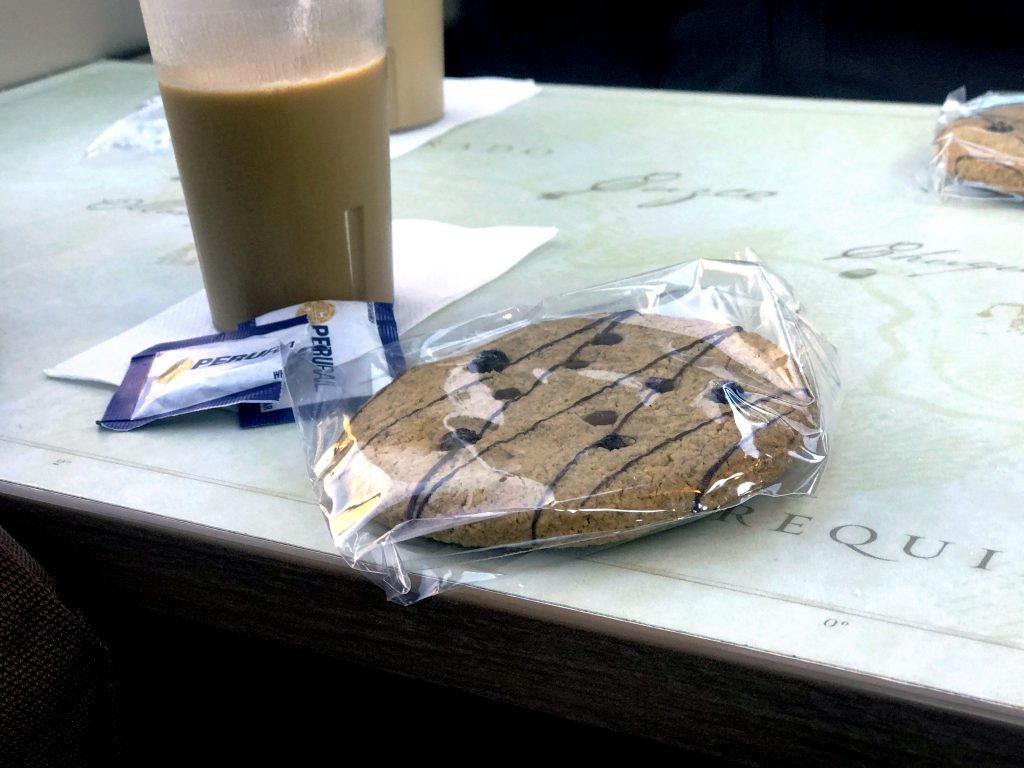
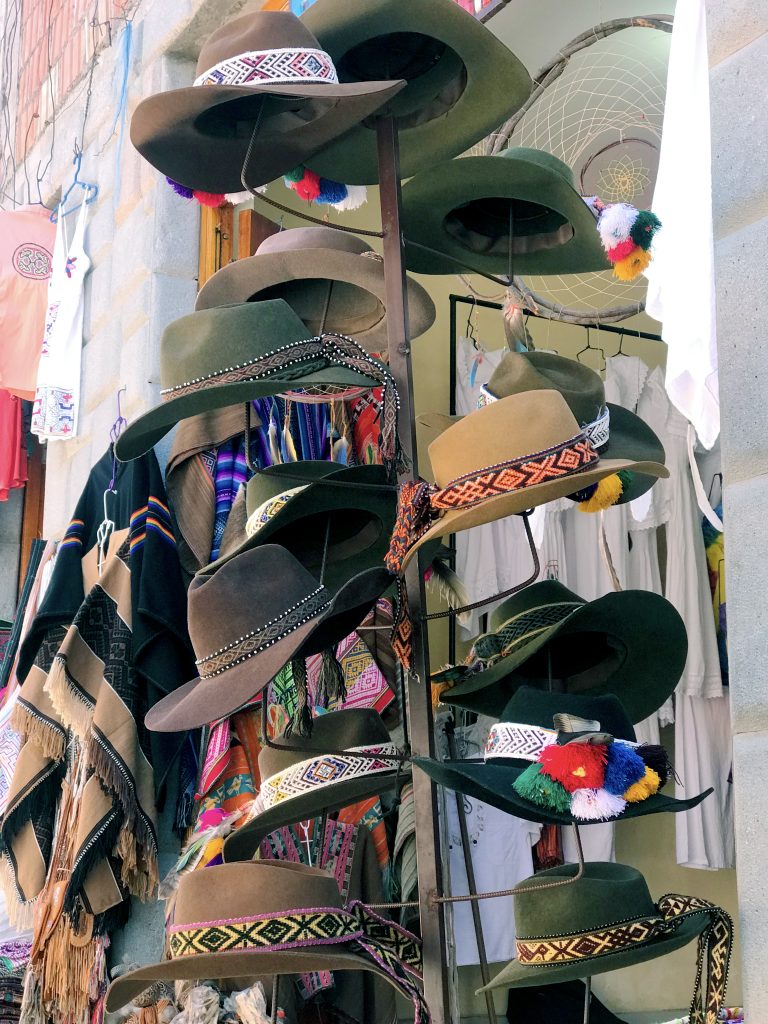
Well done mate, keep it up! Waiting for more!
Thanks man!:D Soon!
Un blog foarte interesant! Fericita alegere de a asocia două domenii de interes foarte mare pentru mine- călătoriile și cărțile, precum și stilul plăcut și original de expunere al încântătorilor autori, fac din acest blog unul în care să revii și să tot revîi.
Va multumim din suflet pentru cuvintele frumoase si incurajatoare! Ne bucuram ca v-a facut placere lectura blogului si abia asteptam sa va surprindem cu si mai mult continut de calitate.